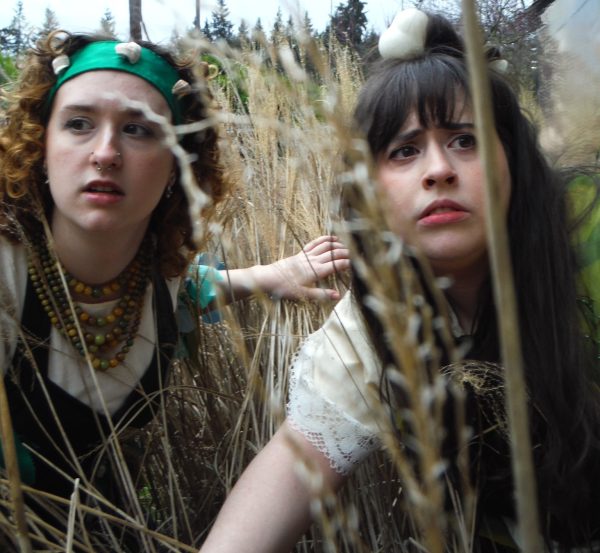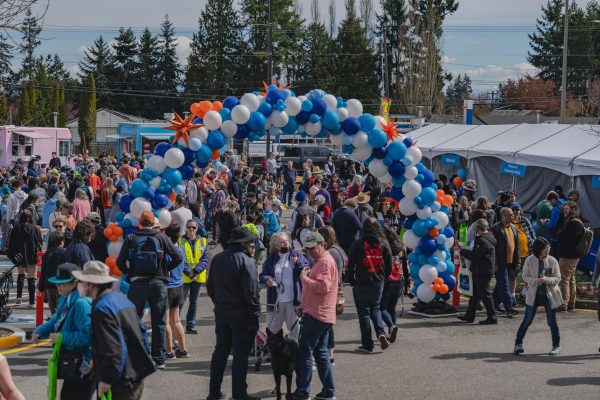Texas residents deserve accountability for freeze failures
It has been almost a month since the extreme cold weather snap shook the state of Texas to its core. Weather patterns have returned to normal but there will be long lasting affects from how poorly the state was prepared for this disaster. Now that the cold weather seems to have gone for the near future, the residents deserve someone to take responsibility for what can only be described as negligence and greed, as well as answers to their questions and a plan for the future.
During February of 2021 many parts of the U.S. experienced extremely irregular cold weather due to a cold snap. “The WPC found that Texas’s coldest day during the Arctic outbreak was Feb. 15, when the state’s average temperature was just 11.8 degrees” (Central States’ Arctic Plunge). According to usclimatedata.com, January is usually the coldest month in Texas with an average low of 30 degrees Fahrenheit and an average snowfall of one inch in January. The unexpected and unusual subzero temperatures caused many problems for the residents of the state, as the government was drastically unprepared for a possibility like this.
This happened because of cold air jet streams that run across the top of the globe that can sometimes dip too low, like they did this year. This was no doubt unusual weather but it was not unexpected. This year set many records for weather extremes in southern states, but it didn’t beat them all and it didn’t beat them by much. In 1989 and 1983, there were three, five-day periods with colder minimum temperatures then there were this year (Texas Cold Snap Was Not “unprecedented,”). All of the other previous records were primarily in December so this one being in February was part of the unusualness, but there was a five-day period with a coldest minimum temperature of 14 degrees Fahrenheit as recently as 2011.
Texas houses and people were set up enough to make it through the cold snap comfortably if nothing else were to go wrong, but without power, that’s a different story. Without electricity houses couldn’t produce enough heat to keep the facilities inside protected from the weather. People’s toilets, fish tanks, pipes, and stored water all froze.
In an interview with Cheryl Giberson, a nurse in Kyle, Texas, 15 minutes south of Austin, she said “this was alleged the worst storm since the ’60s.” She said she didn’t experience the extreme cold inside because she had a 1,500 square foot house and could get power momentarily and run the heater then. Her daughter Amber, on the other hand, “was out of town… her toilet froze and had many pipes break. She couldn’t return to her house for nine days.”
As if that wasn’t bad enough, hospitals were hit by this, Giberson said. She “had to stay at the hospital for 36 hours, to ensure [they] had staff. Water was shut off to the hospital and people delivered water to the hospital but [they] couldn’t bath patents. When [I] was able to go home [I] only had power for 45 minutes and then shut off for two hours.”
When asked if she felt anyone or anything was responsible for this, Giberson replied with one word: ERCOT.
ERCOT, short for the Electric Reliability Council of Texas, operates the electric grid and manages the deregulated market for 75 percent of the state.
Giberson said that “unlike other areas that can take winter storms, ERCOT controls the Texas grid, that’s where Texas got overtaken by ERCOT’s controlled rolling blackouts. They were founded in 1970, so they have seen this weather pattern happen in 1983, 1989, and 2011. According to an article titled “Winter storm blackouts plagued Texas in 2011, too. Recommendations made afterward went unenforced” in USA Today, the same blackouts were caused in February of 2011 by a similar cold snap. This is because the cold weather causes a drastic increase in power usage as people try to heat there homes, but the grids can’t supply enough power for everyone to do that so they have controlled blackouts.
In an article by Columbia.edu titled “How Unprecedented Was the February 2021 Texas Cold Snap?” they claimed heating needs were too much. “For example, when the outside temperature for a cell is 8F, heating degrees are 60F — an extreme value for Texas. Heating degrees are a good indicator of the electricity and gas demand for heating, as well the gas demand overall, since natural gas is used both to generate electricity and for direct supply for home heating furnaces and boilers. The heating demand in the previous scenario, for example, will be twice that of when the outside temperature is 38F, with 30F heating degrees.” So compared to the average Texas winter low temp of 30 degrees Fahrenheit, this one with a an average low over 5 days of 11 degrees Fahrenheit required much more energy, more than the grid could supply or handle.
This story is far from over, right now people are look for all kinds of answers. Citizens are asking the Supreme Court if it’s possible to sue Ercot but the court declined to answer.
The most important thing is that they finally take the time and the money to upgrade the grids so this doesn’t happen again.







